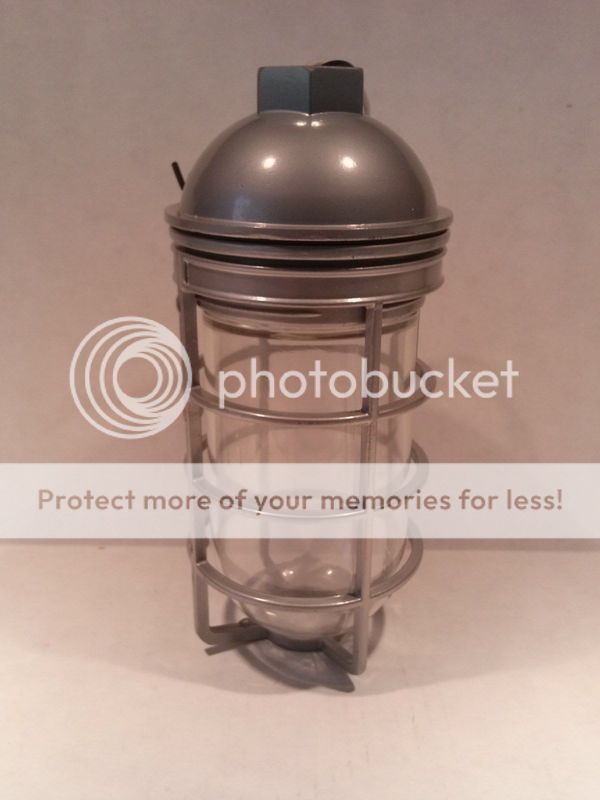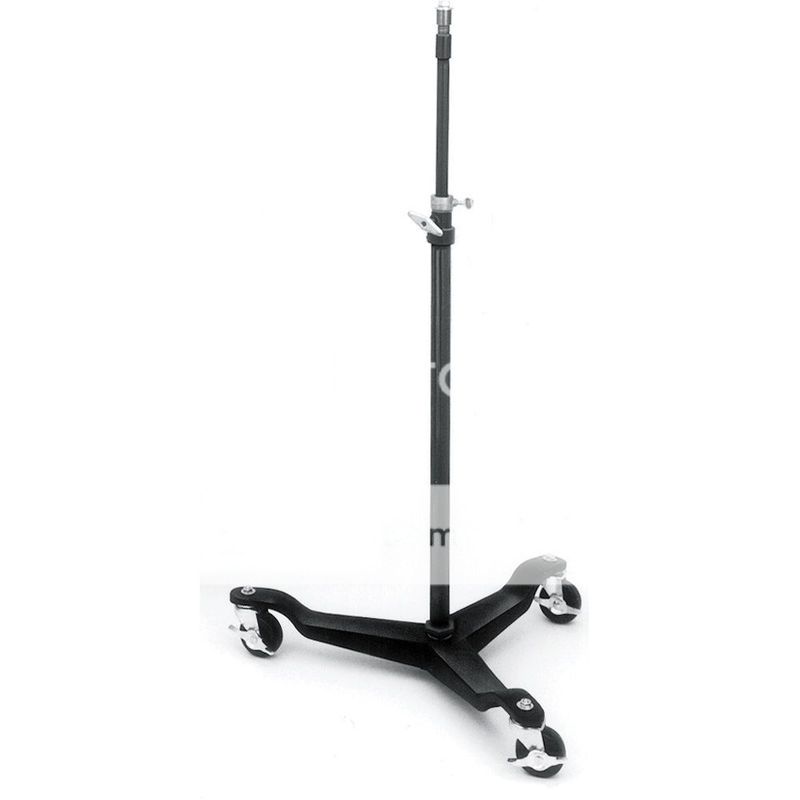interesting about the lamps - thanks. Liking plastic bulbs at times but if glass
globe otherwise in my main use for lamp
socket stringers - prefer coated lamps.
Insulation displacement tool is always superior to a crushing tool. In other words, a tool that pushes a tooth into the
crimp pushes material into the area of the
wire and leaves no room to expand/contract or
wire to
settle after. A
crimp tool that just crushes the
crimp smaller in compression leaves room for the
wire to
settle with expansion and contraction and
settle in a loose way. Can do that
crimp with vise grips in crushing a
crimp and little difference. There are a few larger
wire gauges I have
crimp tools for tha make hex crimps or dimple, but for most cable in standard gauges I displace instead of crush the
crimp.
Wire nuts are never good for other than homeowner uses - this especially for fine stranded
wire. I like cap splices like the McMaster Carr #7242k64, but my guys have gotten me into the lever lock styles of crimps like the #8904t2 in yet to find a failure with stranded or solid
wire. Had bad cap splices in years of use of them, but yet to see a bad lever lock splice - but they are new for me.
I use the Klein #1005, #1006 and especially with 12ga
wire + in size, the Ideal #30-426 a huge amount. Wise to wait in doing it properly for the proper
insulation or material displacement tool. By the way, should you break your
Heyco tool, there is replacement springs available
thru Allied Electronics or most suppliers. It happens in adjusting sizes for
cord grip.
On
cord grip, good question and don't remember how I did that. Will have run a reamer over any fittings the
cord was run
thru in making sure no edges were sharp. Probably did UL'Knot at least or did a
cable tie if not some form of cable strap. Think just a
cable tie to ensure outer
jacket could not fall
thru the hole in exposing inner conductors to a potentially sharp
edge.
Not really feasible to
thru tap the
taper tap of the hole in installing a
cord grip inside the
lamp cap assembly, and still able to screw into the stand pipe. Grounding is good - ensure your
ground has bonded to your
instrument before closing it up. At times a powder coat of paint will lighn up just so' with the
ground terminal that you will not get a good
ground. Something to check before finishing the assembly as a warning in what to check.





